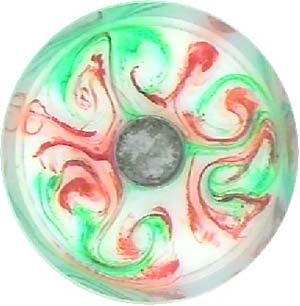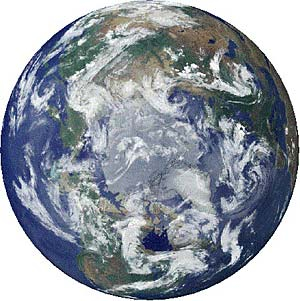The Department of Atmospheric and Oceanic Sciences conducts research in the fields of meteorology and oceanography. At this year’s Canada-wide Science Fair we will
-
Highlight the impact of melting sea ice on the Earth’s climate
-
Give a demonstration of major atmospheric and oceanic circulations using a rotating tank
We are looking forward to seeing you at our ![]() booth!
booth!
Prof. John Gyakum, john.gyakum [at] mcgill.ca
Chair, Department of Atmospheric and Oceanic Sciences
Demonstration 1: Sea Ice and its albedo
With recent global warming, ice all over the world has been melting. Two forms of ice that are being thoroughly studied are sea ice, forming as the ocean's surface freezes, and glaciers, sitting at the top of mountains and at high latitudes. We will do an experiment showing how both of these have an impact on sea level rise.
The effect of ice cover will also be shown through a small experiment about the albedo: the ability of a surface to reflect the sunlight. We will measure how a white surface (like snow and ice) and a black surface (like ocean water) absorb different quantities of energy.

This picture, taken near the North of Greenland on the research vessel “Polarstern” in July 2015, shows the two types of ice: sea ice and glaciers.
Demonstration 2: Atmospheric and Oceanic Circulations
Changing local and global weather patterns heavily influences our daily activities. While from a local perspective these changes seem random and non-predictable, there are distinct global patterns that can be described mathematically in great detail. A rotating tank is a useful tool to illustrate and describe these patterns.
Using a rotating tank on site, we will describe extra-tropical circulation patterns, which are dominated by unsteady motions. In the tank we will create temperature differences by using ice that will lead to the formation of currents that mimic atmospheric air mass movements in the mid-latitudes, between the (warm) tropics and the (cold) poles.


The picture on the left shows an illustration of weather simulated in a rotating tank. Different temperatures at the center (produced with a can full of ice) and the edges of the tank produce currents analogous to the Earth’s weather systems shown on the right. Source and images: http://paoc.mit.edu/labguide/circ.html